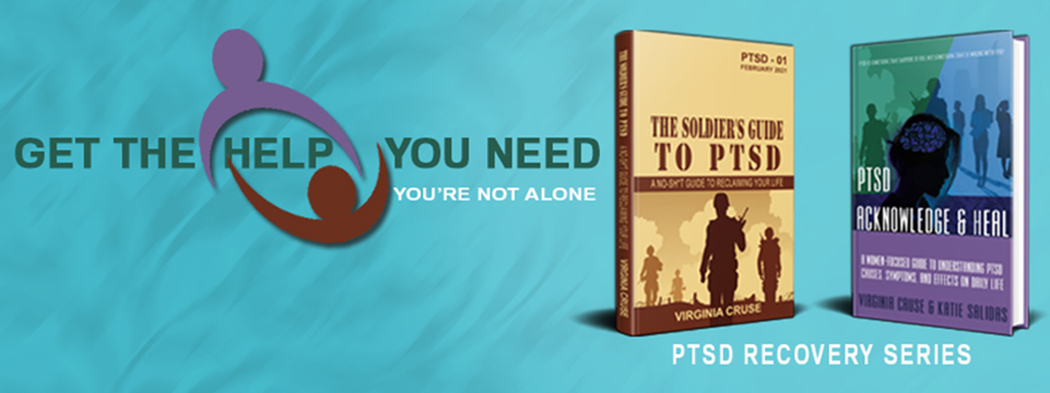Cognitive Processing Therapy (CPT) is an evidence based treatment for PTSD. We can find a CPT provider through the Strong Star Provider Network at University of Texas Health Science Center or even through Psychology Today or Google.
CPT typically takes 12 sessions with a therapist; each session is about 60 minutes. CPT can be done individually or in group sessions, and it uses a workbook for written assignments (this is a picture of an "ABC Worksheet" used in CPT). "Cognitive" means that we pay attention to our thoughts and think about what we are thinking about.
CPT recognizes that trauma warps our fundamental
belief systems—beliefs about ourselves, others, and the world—and that those
warped beliefs affect our walking, talking, everyday lives.
We write an “impact statement” that details
our understanding of why the traumatic event occurred and what impact it has
had on our belief systems. Next, we’ll use workbook exercises to identify and
address unhelpful thinking patterns related to safety, trust, power and
control, esteem, and intimacy. Our therapist will ask questions and work with
us to recognize unhelpful thinking patterns, reframe our thoughts, reduce our
symptoms, and come to a better understanding about ourselves and our
relationships.
CPT forces us to get out of "auto-pilot" and start challenging our thought patterns. Often these are thoughts we have held on to for a long time.
Have you tried CPT? What worked for you? We value your feedback and ideas! Reach out on our Community Facebook Page!
*****
“If you believe change is possible, you want to change, and you are willing to do the work, you absolutely CAN get your life back.”
Get your copy of The Soldier's Guide to PTSD, The Soldier's Workbook,





